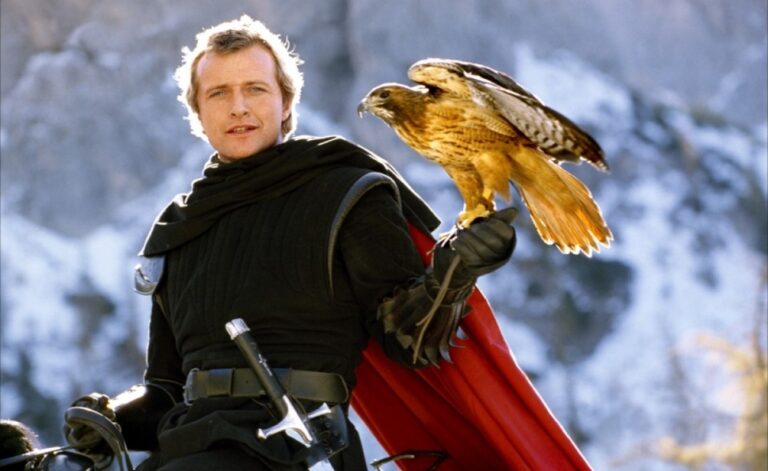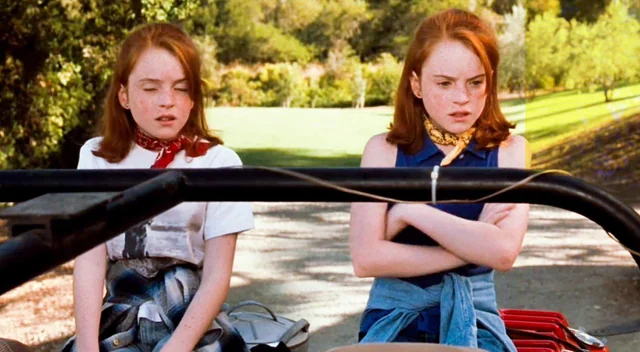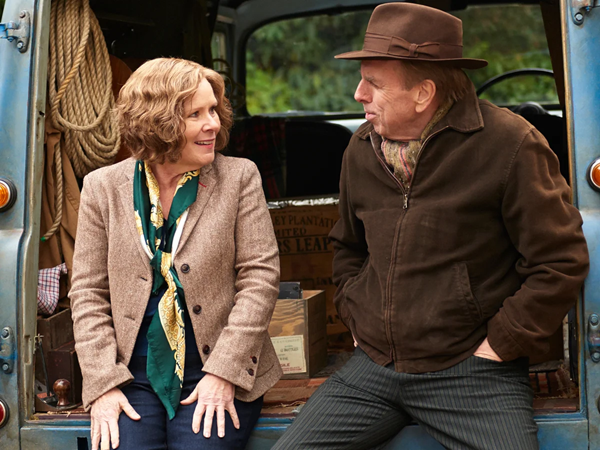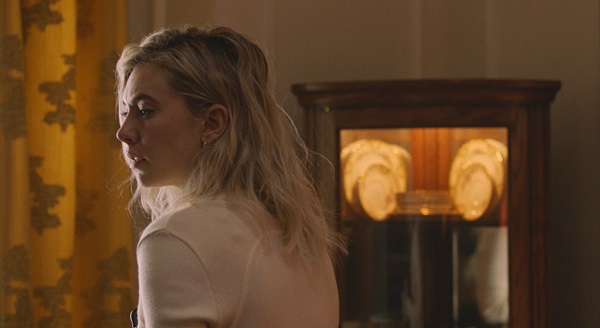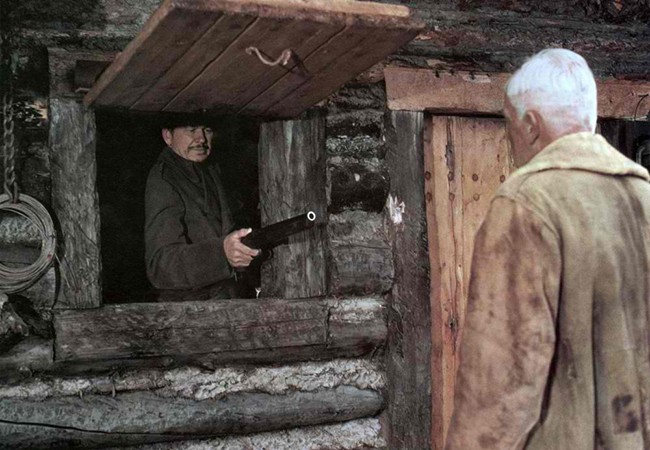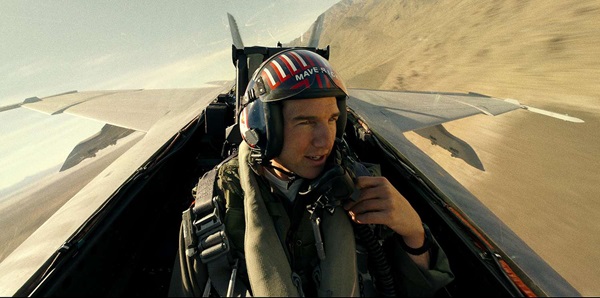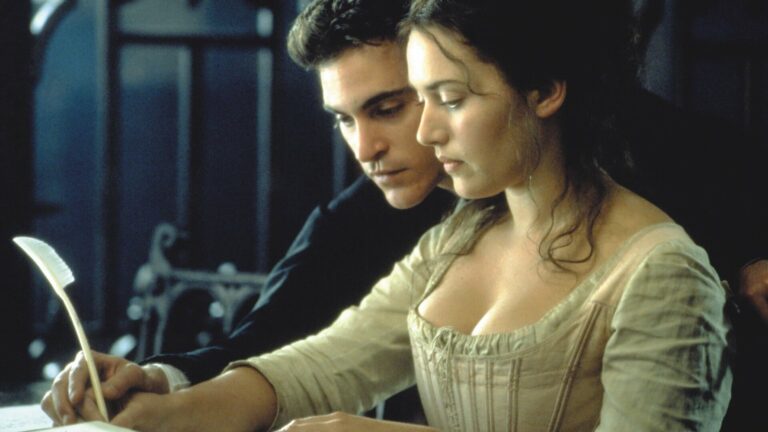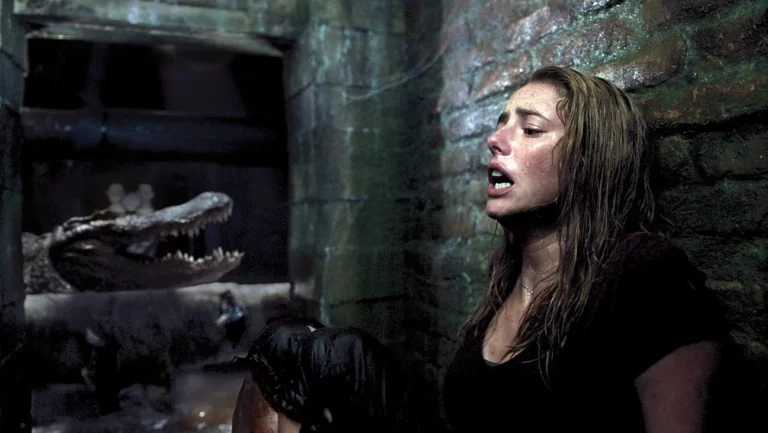Ladyhawke (1985), directed by Richard Donner, is a classic fantasy adventure that blends romance, magic, and medieval heroism into a hauntingly beautiful tale of love and fate.
Set in a mythical version of medieval Europe, the story follows two star-crossed lovers bound by a cruel curse. Navarre (Rutger Hauer), a noble warrior, and Isabeau (Michelle Pfeiffer), a radiant and gentle woman, have been enchanted by a jealous bishop. By day, Navarre becomes a wolf; by night, Isabeau transforms into a hawk—forever close, but never together.
Their path to freedom emerges in the form of Philippe Gaston, nicknamed “Mouse” (Matthew Broderick), a witty and resourceful thief who becomes an unlikely hero. With courage, cleverness, and hope, the trio sets out to break the curse and defy the forces that doomed them.
Ladyhawke enchants with its rich atmosphere, heartfelt performances, and an unforgettable blend of myth and emotion. A tale of love enduring against all odds, it remains a beloved gem in the realm of fantasy cinema.
